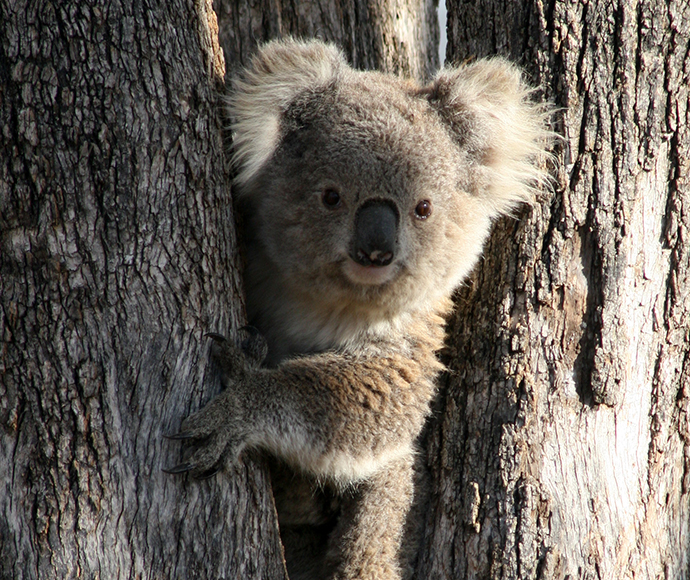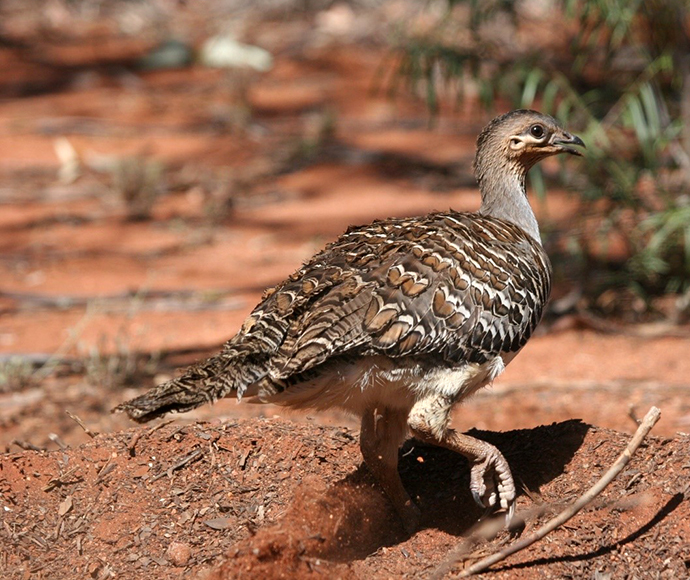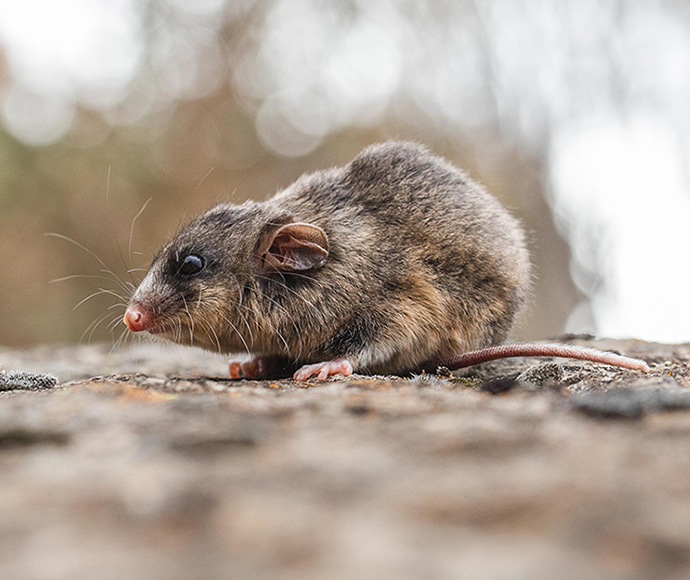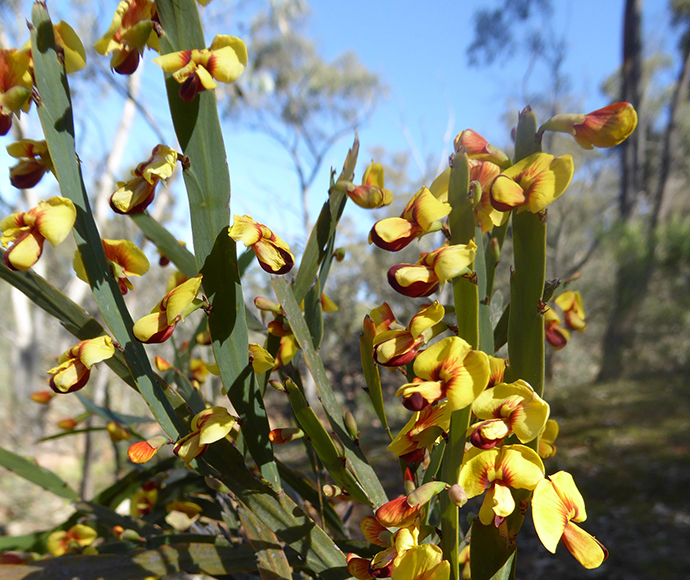How would you monitor elusive, threatened species across NSW's vast land?
Scientists from the Saving our Species (SoS) program use motion-triggered cameras to capture the presence, number and activity of these threatened species. Once the cameras detect movement they take a burst of images, which are then downloaded and tagged to identify the animal that has triggered the camera. Scientists can then use this data to monitor threatened species, fill knowledge gaps, and inform on-ground conservation programs.
However, there is a problem. The cameras take many more photos than can be processed by scientists alone – this is where you can help.
Scientists are uploading images onto DigiVol, a crowdsourcing website created by the Australian Museum in collaboration with the Atlas of Living Australia. You can now go to DigiVol to begin identifying what animals have been captured within these images. All you need to take part is access to a computer and an internet connection, the citizen science team have created user-friendly guides to help you navigate the system and learn how to identify the animals.
By tagging the animals in the images as a citizen scientist you are directly contributing data to scientists that are responsible for conserving our threatened species.
What projects can I contribute to?
The Saving our Species Koala Drinkers project was set up to find out whether koalas and other native animals would use supplementary drinking water during our harsh dry summers. The koala drinkers were deployed across 20 private properties around Gunnedah on sites with evidence of koala activity in partnership with the Gunnedah Urban Landcare Group. Each station was equipped with a motion-sensing camera to record activity from dusk to dawn.
With your help, we will identify the number of koalas and other species accessing the drinkers, to better understand ways of helping koalas survive harsh weather. The data from these images is valuable to scientists, land managers and community members as we will be able to better understand how often these drinkers are being used and if they affect animal behaviour. The results from this project will better inform future projects that support animals during hot and dry conditions.
Go and investigate what happens in the Australian bush when the sun goes down. You can find this project on DigiVol.
The Saving our Species (SoS) Malleefowl project uses a number of camera traps to monitor threats to malleefowl at their nesting locations (known as 'mounds'). Malleefowl on DigiVol contains 'Threat Detector' expeditions aiming to understand threats to malleefowl by a range of animals that visit their nests.
Information in the images, processed by you as citizen scientist, will assist in identifying patterns of visitation by foxes, cats, goannas and all the other animals the visit.
The data is very valuable to scientists and land managers as it will be analysed to determine if visiting animals are having a real impact on malleefowl activity during their nesting season. Results will inform conservation management.
Malleefowl can be really fascinating to watch. Sign up and be the first to unlock the secrets held in these images. You can find this project on DigiVol.
The Saving our Species (SoS) mountain pygmy-possum project uses a number of camera traps to monitor visitors at special feeding and watering stations that are distributed throughout their habitat. These feeding and watering stations were put out after recent bushfires burnt the pygmy-possum’s habitat, leaving little food available for them to fatten up before they go into hibernation over the winter.
Information from these monitoring cameras, processed by you as a citizen scientist, will help us see how many pygmy-possums have survived the fire, how frequently they use the feeders and which other species within their habitat also use them. This will inform how we conduct these food and water drops after the pygmy-possums come out of hibernation in the spring.
Pygmy-possums are cute, furry and a little bit cheeky, so sign up to help contribute to the conservation of such an amazing little marsupial. You can find this project on DigiVol.
The Saving our Species Bossiaea fragrans project was established to find out what animals are interacting with this unusual and critically endangered plant. Camera traps were set up to help identify if pest animals such as goats might be grazing on this shrub that is currently only known to occur within and adjacent to the Abercrombie Karst Conservation Reserve, east of Cowra in the NSW Central Tablelands.
Information from these monitoring cameras, processed by you as a citizen scientist, will help us to better understand the threats to Bossiaea fragrans. This knowledge will inform the management of pest animals with the aim to increase the chances of securing this plant in the wild into the future.
This unusual plant is only found in one location and it needs your help. Sign up to help contribute to the conservation of this very special plant. You can find this project on DigiVol.
Improving citizen science data output
The Citizen Science team has analysed citizen data from the Malleefowl project to investigate the accuracy of participants identifying animals in images captured by camera traps.
In 2018-19 the NSW Saving our Species program contributed to upgrading the DigiVol website, along with the Australian Museum and CSIRO, to improve user experience and output data quality. The upgrades to the website implemented a multi-transcription and auto-validation system to improve transcription accuracy by implementing a system where an image is viewed by multiple participants. If an image is viewed and transcribed identically by multiple participants, the image is auto-validated by the DigiVol system.
We used this new system to analyse 1900 auto-validated images from the Malleefowl Project and found that citizen scientists were transcribing images accurately 99.47% of the time. This is a great result – well done to our citizen scientists.
How do I sign up?
It is really simple to contribute to Saving our Species.
- Create your account on DigiVol.
- Search for Saving our Species on the institution page and choose a Saving our Species project.
- Choose from the expeditions listed, click the view tutorial button to read the instructions and then get started tagging images.



